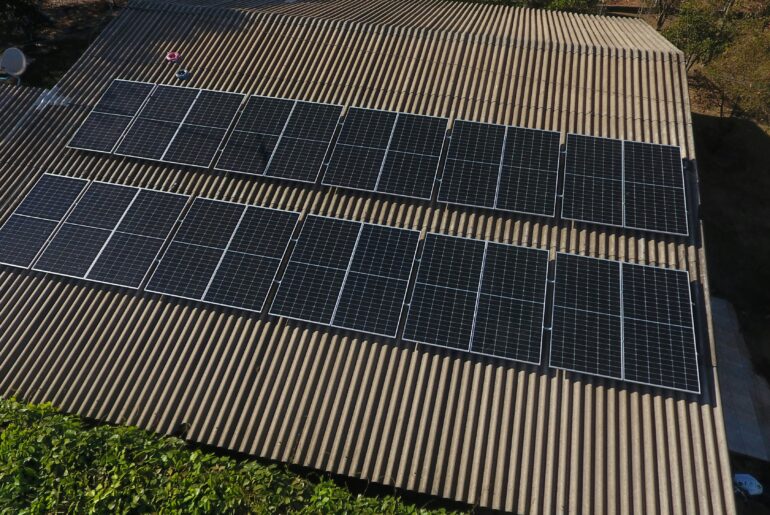With energy costs fluctuating and an increased focus on sustainability, homeowners across the nation are turning to efficient insulation solutions to reduce their energy consumption and save money. This trend has been particularly beneficial for modest homes in rural and suburban areas. Adequate home insulation is key to reducing energy consumption, cutting down on energy bills, and enhancing overall home comfort. Let’s explore various insulation materials, techniques, and tips.
Grasping the Concept of Home Insulation
Insulation helps maintain a comfortable temperature inside the house by acting as a barrier to heat transfer. This means that during the winter, insulation keeps the warmth inside, while in the summer, it prevents heat from entering the home. The efficiency of insulation materials is measured by their R-value, which indicates how well they resist heat transfer. A higher R-value means a better insulation performance.
A Look at Insulation Materials
There is a wide range of insulation materials suitable for different parts of your home. Here are the most common:
- Fiberglass: Available as rolls or batts, fiberglass is lightweight, easy to install, and relatively affordable. It’s ideal for insulating walls, attics, and floors.
- Cellulose: Made from recycled paper products, cellulose insulation is eco-friendly and can be blown into walls or attics. It provides good soundproofing but may require professional installation.
- Spray Foam: Expanding upon application, spraying foam on crevices offers excellent insulation performance, but it can be more expensive and typically requires professional installation.
Each insulation material has its advantages and disadvantages, so it’s crucial to weigh the options and choose the one that best meets your needs and budget.
Prioritizing Insulation Areas
- Insulating certain areas of your home is particularly important to improve energy efficiency:
- Attic: As heat rises, a well-insulated attic is essential to prevent heat loss in the winter and block heat infiltration in the summer. Insulating the attic floor is usually the most effective approach.
- Walls: Proper wall insulation minimizes heat transfer between the interior and exterior of your home, ensuring consistent indoor temperatures.
- Floors: Insulating floors, particularly over unheated spaces like garages or crawl spaces, can help maintain comfortable room temperatures and reduce energy consumption.
Additionally, windows and doors should be insulated using weatherstripping, caulking, or window film to prevent drafts and further improve energy efficiency.
Tackling Insulation Projects: DIY or Professional Help?
While some insulation projects can be handled by homeowners, others require the expertise of a professional. For instance, installing fiberglass batts or rolls may be manageable for DIY enthusiasts, but cellulose or spray foam insulation generally needs professional installation. To find a reliable insulation contractor in your area, ask for recommendations, read reviews, and request quotes from multiple companies.
Explore Incentives and Rebates
You may be eligible for tax credits, rebates, or grants to help cover the cost of insulation projects. Research federal, state, and local programs that offer financial support for energy-efficient home improvements. Also, check with your utility company for any additional rebates or incentives they may provide.
The advantages of proper home insulation for working-class, rural, and suburban residents are numerous, from reduced energy bills to a more environmentally friendly lifestyle. By investing in the right insulation materials and techniques, you can enjoy a more comfortable living space while saving money on energy costs. Don’t hesitate to seek professional advice or assistance when needed, and take advantage of available incentives and rebates to make your insulation project more affordable.




